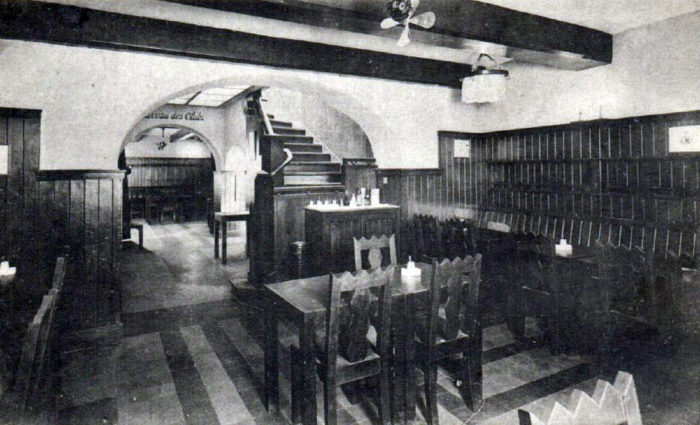 Napoleon and Josephine lived in a house in Paris’ Rue de la Victoire. It was the only house Napoleon owned as a private citizen. The house was located in a fashionable and elegant part of Paris called the Chaussee D’Antin. Josephine made several new improvements to her new home. She turned the terrace of the house into a veranda under a wooden tent which was hung with cotton draperies and decorated with painted or carved flags and pennants. After his marriage to Josephine on March 9, 1796, Napoleon took up residence at No. 6, Rue Chantereine.
Napoleon and Josephine lived in a house in Paris’ Rue de la Victoire. It was the only house Napoleon owned as a private citizen. The house was located in a fashionable and elegant part of Paris called the Chaussee D’Antin. Josephine made several new improvements to her new home. She turned the terrace of the house into a veranda under a wooden tent which was hung with cotton draperies and decorated with painted or carved flags and pennants. After his marriage to Josephine on March 9, 1796, Napoleon took up residence at No. 6, Rue Chantereine. After his return from Egypt on October 16,1799, he lived here for a time until November 14 of the same year when as First Consul he took up residence with Josephine at the Petit Luxembourg Palace. Toward the end of the Consulate, the property was remodeled and added to by buying up some surrounding real estate. In May, 1803, a parcel of land of some twenty square yards was purchased which represented the porter’s lodge the property of the Marquis de Saint-Chamans. In May 1804, the property’s garden was extended eastwards by parcels of land of a thousand square yards.
In July 1806, Napoleon gave his former home on the Rue de la Victoire as a dowry to his cousin Marie-Louise-Stephanie-Rolier Benielli. Benielli married Colonel Charles Lefebvre-Desnouettes, Napoleon‘s Master of the Horse. After the restoration of the Bourbon monarchy in 1815, Madame Lefebvre sold the house and was exiled with her husband to the United States. After returning from exile, Madame Lefebvre once again recovered the house on August 13, 1823 and kept the property for over thirty-five years. Guerrini wrote that ”In 1830 and in 1837, she bought further parcels of land to enlarge her garden and to make an exit on the Rue Saint Lazare, where she bought a house and garden.” In 1857, a banker named Joseph Goubie acquired the property and paid over a half million francs to Madame Charles Lefebvre. This sale paved the way for the demolition of the house that served as the haven of Napoleon and Josephine. The house was demolished in 1858 as part of the town-planning and road-works program during the Second Empire of Napoleon III.
shannonselin/general-charles-lefebvre-desnouettes
shannonselin/general-charles-lefebvre-desnouettes




Geen opmerkingen:
Een reactie posten